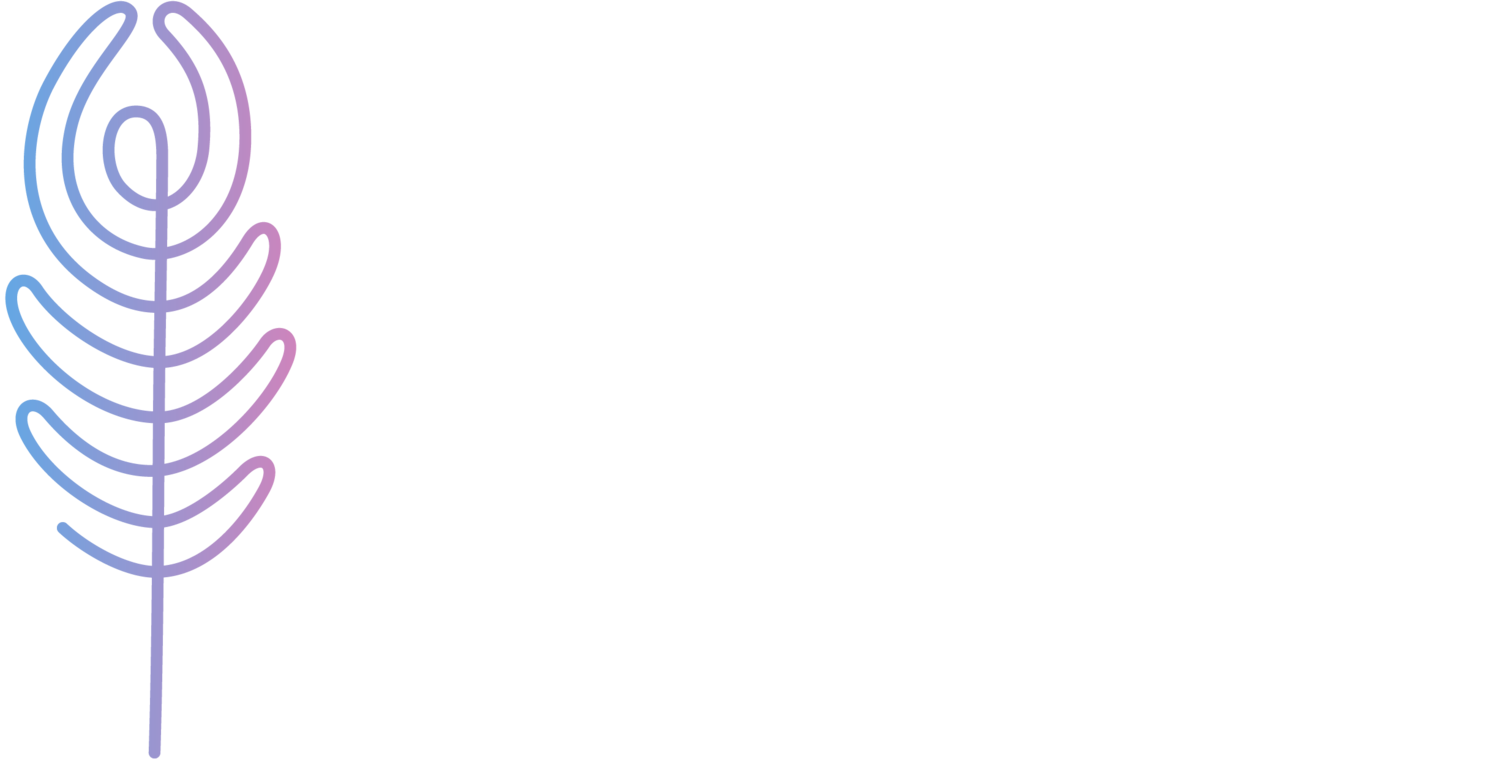DR. AMANDA BRUEGL
AFFILIATION
ONEIDA, STOCKBRIDGE- MUNSEE
SPECIALTY
GYNECOLOGIC ONCOLOGY
CURRENT POSITION
SURGEON
BORN 1980:
Amanda grew up in a small town in eastern Wisconsin with her parents, older brother Chris and younger sister Missy. Her parents emphasized school as a top priority. She and her siblings were raised with the expectation that they would attend college.
AGE 10-13:
One of Amanda’s close friends had a father who was a radiologist. He was the first doctor she knew, outside of the ones she would see for check-ups. He and his wife would take the girls to the University of Wisconsin-Madison campus to show them where they went to class, and to tell stories of their college days. Seeing “real” college students for the first time was a big deal for Amanda.
AGE 14-18:
In high school, Amanda and her best friend were fiercely competitive with each other. They competed over grades- over who could study the longest, over who stayed up latest working on homework, or who woke up earliest to finish a project. They also both competed in sports- who could run the farthest or work out the longest. This competitive spirit drove them both to have good grades and be able to apply to a number of good colleges.
AGE 18:
Amanda was accepted at the University of Wisconsin-Madison for college. It was nerve-wracking to transition from a small high school to a large campus. Professor William Reznikoff, the faculty advisor to the American Indian Science and Engineering Society (AISES), sought her out and invited her to join the group. Very quickly, a large campus in a big city started to feel smaller and more like home. Her best friend from high school was also a student at UW-Madison, and they continued to compete with each other through college.
AGE 22:
Amanda was accepted into the University of Washington School of Medicine. In Seattle, Amanda met another mentor, Polly Olsen—Assistant Director of the Native American Center of Excellence. Polly introduced herself to Amanda and connected her with other Native American medical students.
AGE 22-24:
Beginning medical school Amanda was originally interested in becoming a Family Medicine doctor and working for a reservation near home. The first two years of medical school were long and focused on coursework, but she was excited the final two years, which were more hands-on in nature.
AGE 24-26:
During the third and fourth years of medical school, students do short-term rotations in many medical specialties. Amanda was surprised to find that the Family Medicine specialty wasn’t a great fit for her. Instead, she found a good match in Obstetrics & Gynecology.
AGE 26:
Amanda returned to UW-Madison to begin her residency training in OB/Gyn. At the end of her intern year, she did a rotation in gynecologic oncology, a subspecialty dedicated to women’s pelvic cancers. It did not take long for her to realize that this was where her path was taking her.
AGE 30:
Amanda completed residency and was accepted in a gynecologic oncology fellowship program at the MD Anderson Cancer Center in Houston, Texas, where she will graduate as one of the first Native American Gynecologic Oncologists in the country. Amanda explains how important mentorship has been to her on her pathway: “I thought this idea of being a doctor was a dream. But there were people who were able to see something in me, and say, ‘I believe in you. You can do this.’ I certainly didn’t see those things in myself. I had no idea what it meant to be a doctor. The fates just aligned for me to bump into the right people at the right time to guide me through this process.”
